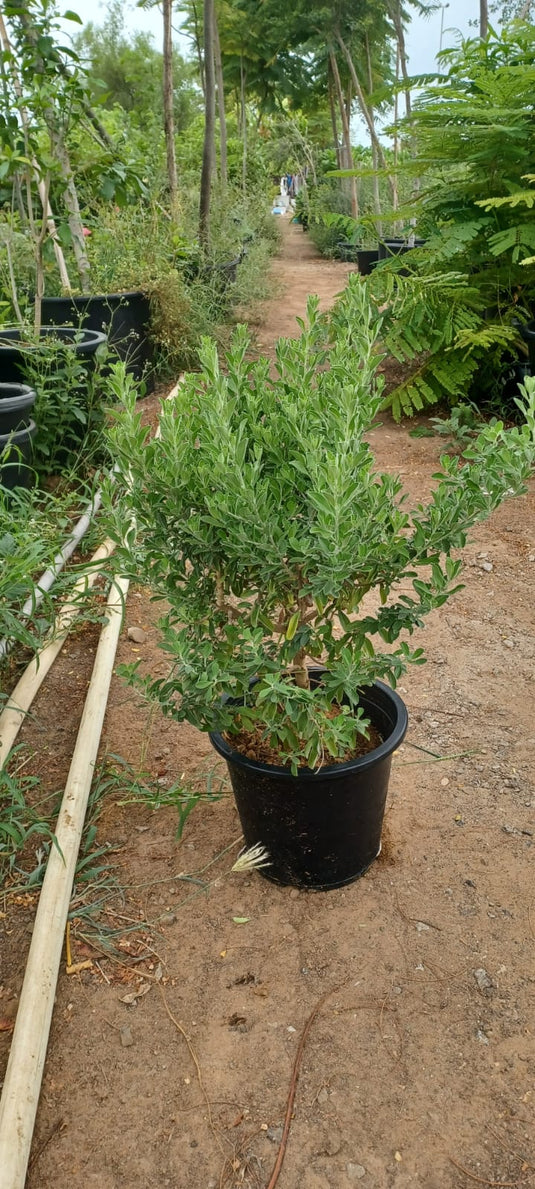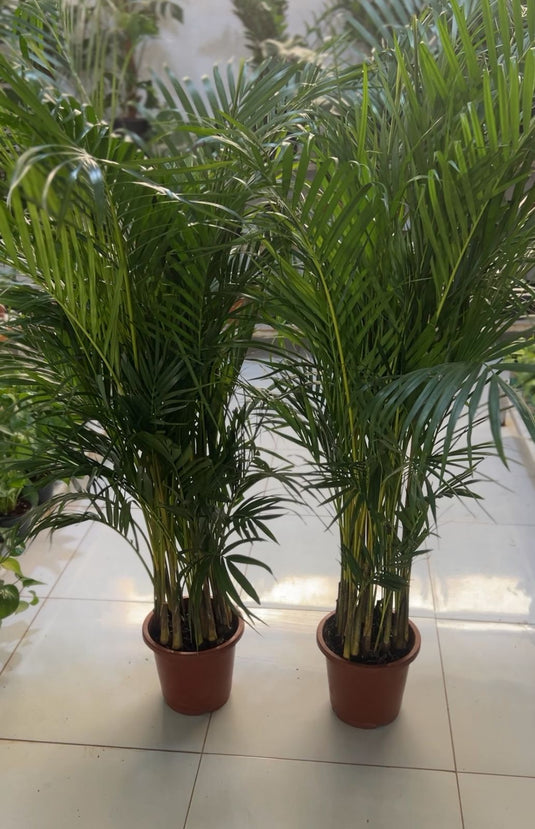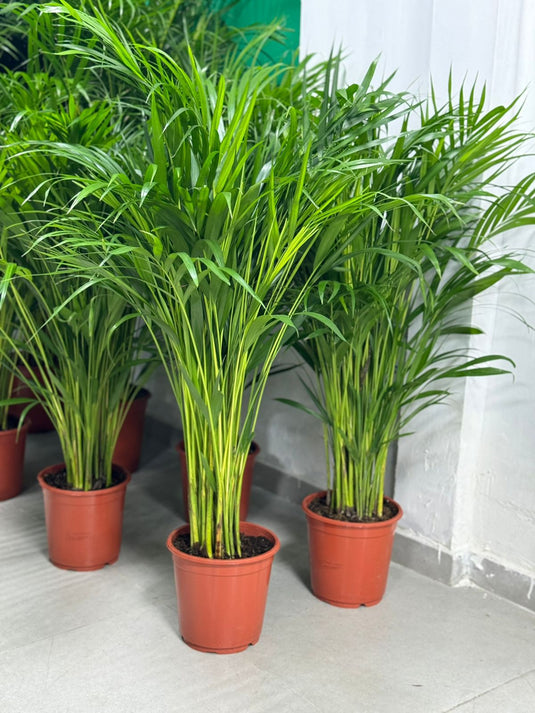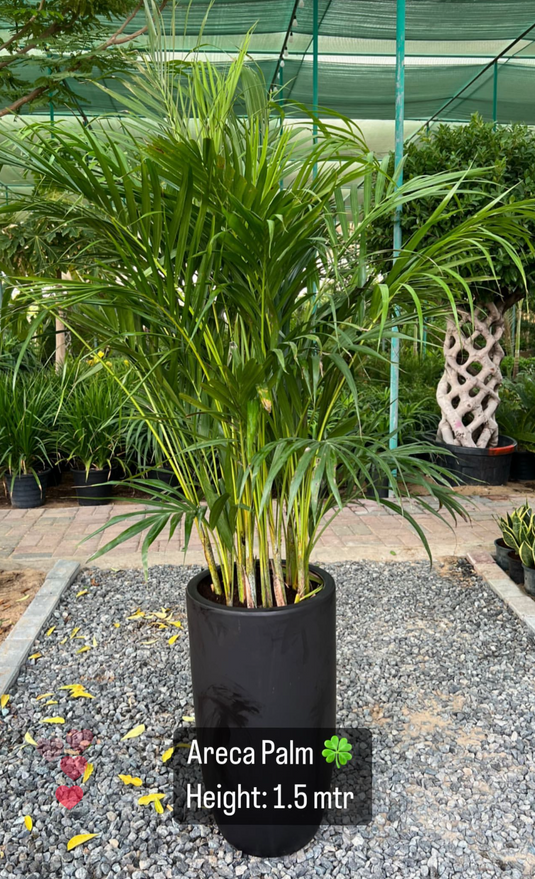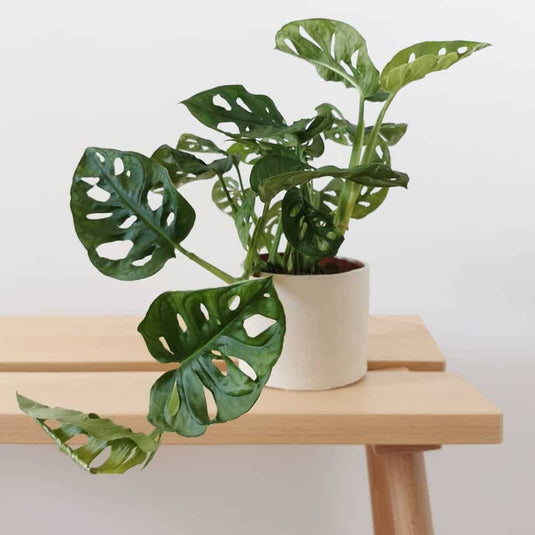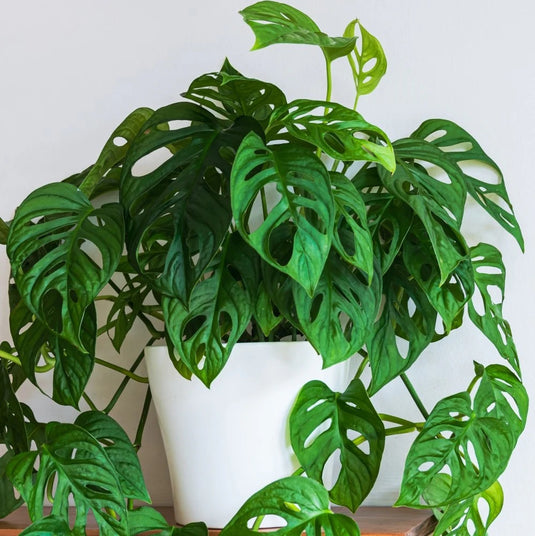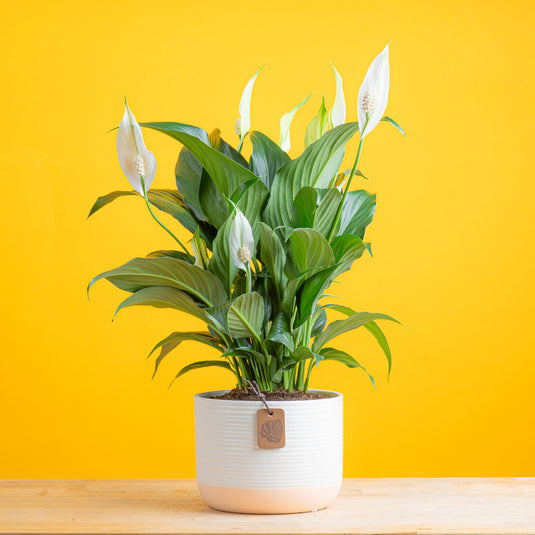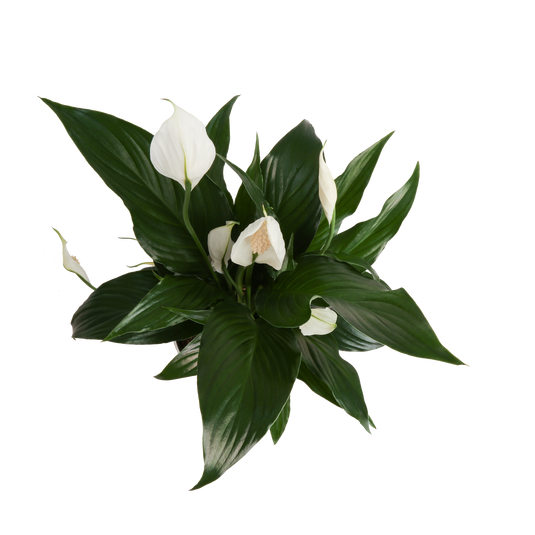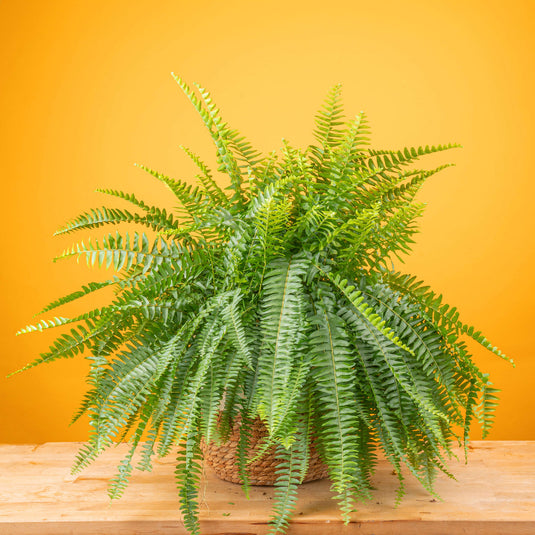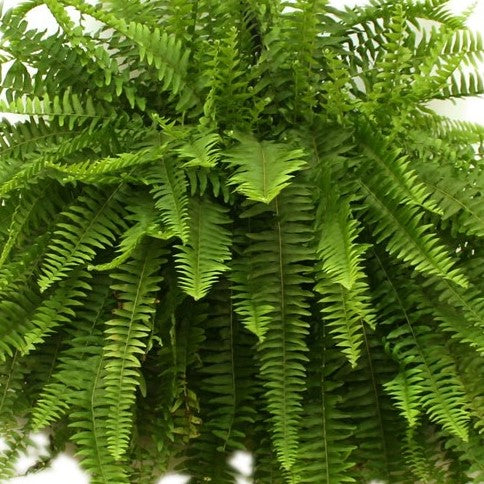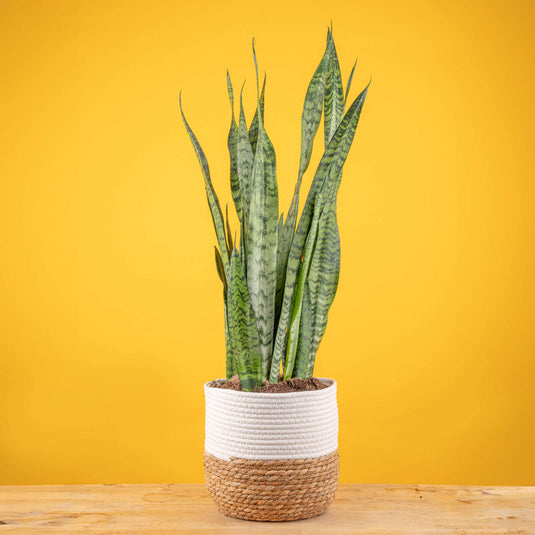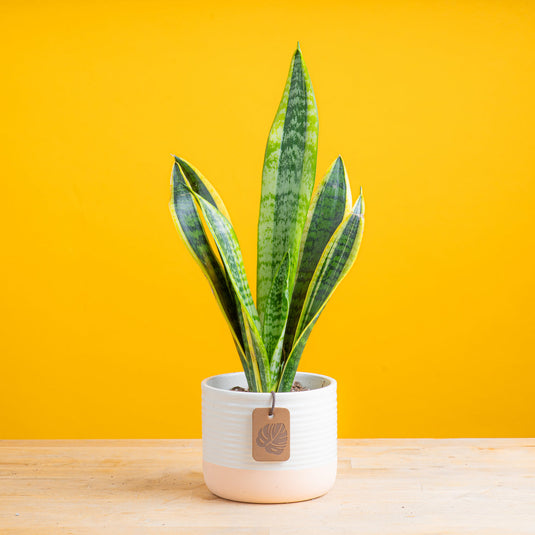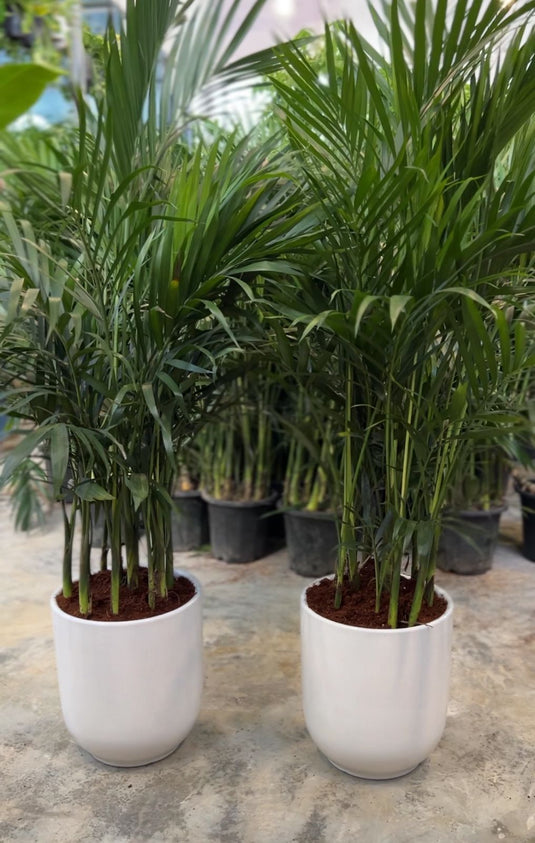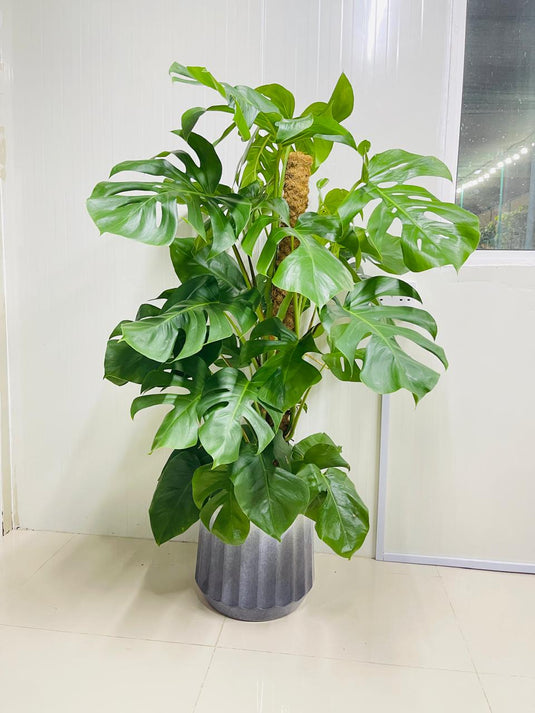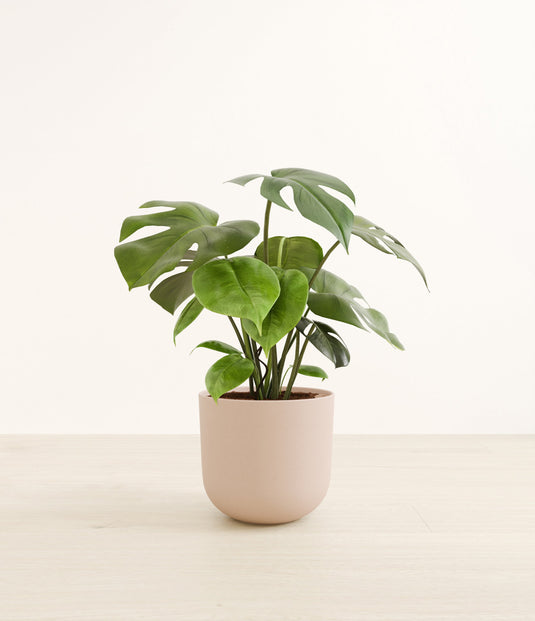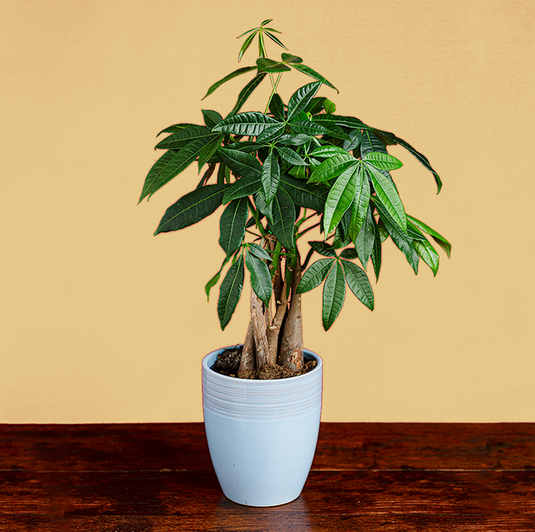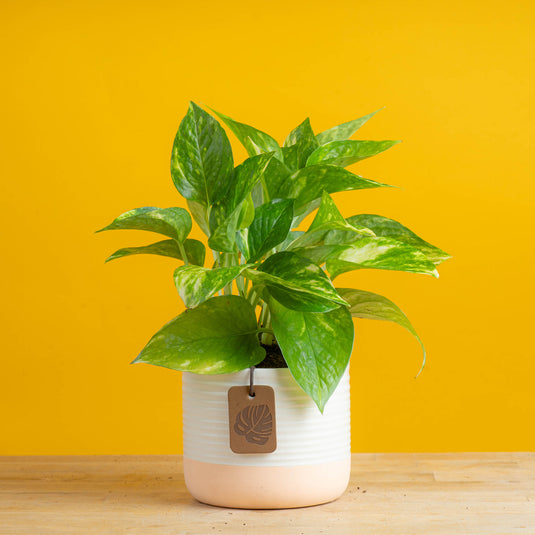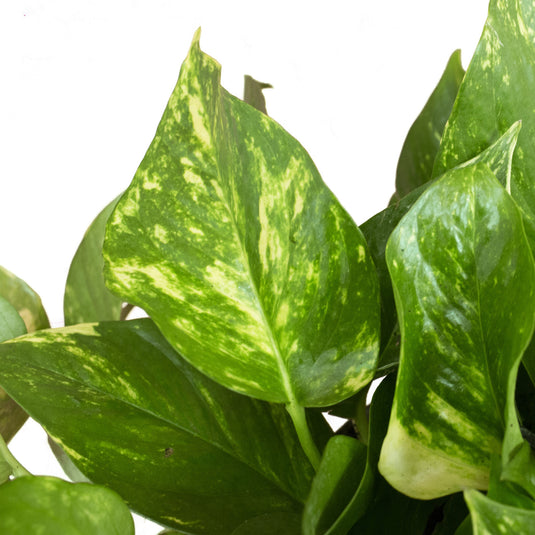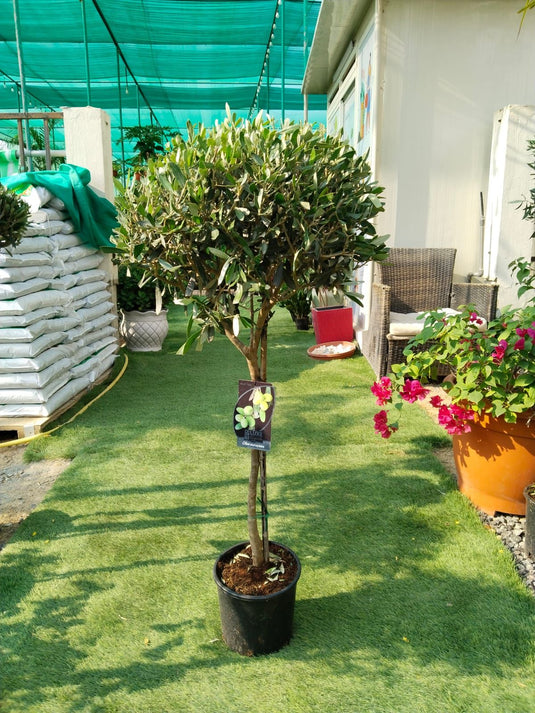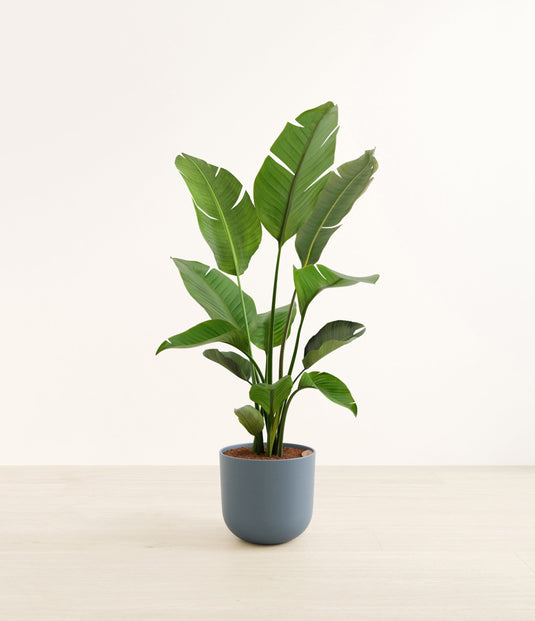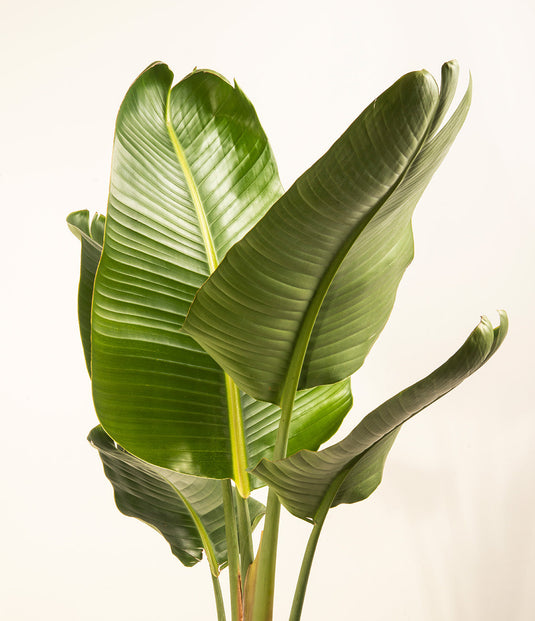Leucophyllum
- Healthy Arrival Guarantee
- Free Plant Care Consultation
- Safe & Secure Payment
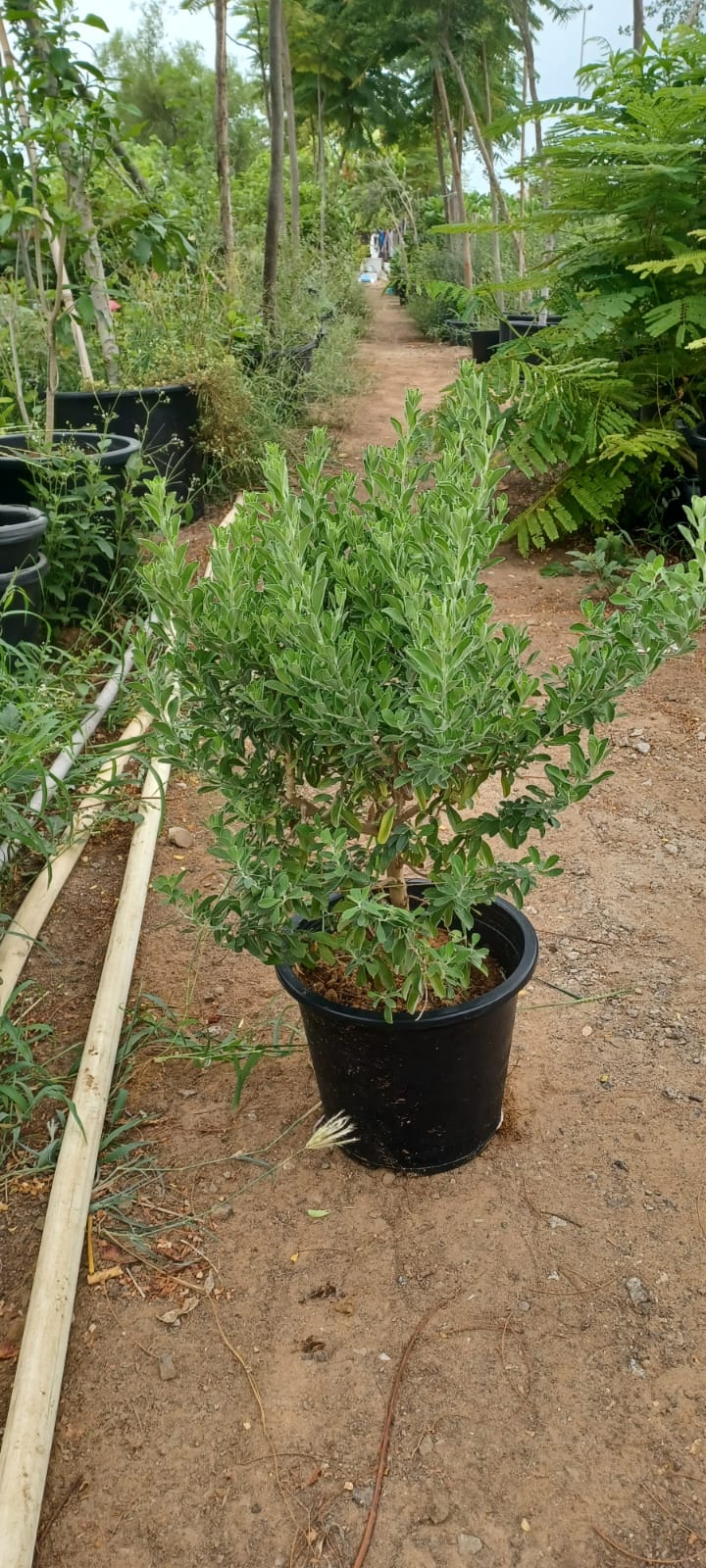
We will send you a notification as soon as this product is available again.
-
Estimated delivery: Jan 20 - Jan 24
-
Free return within 7 days of purchase.
Plant Description
Leucophyllum, commonly known as Texas Sage or Barometer Bush, is a drought-resistant shrub native to the southwestern United States and Mexico. The global market for Leucophyllum is expected to reach USD 1.2 billion by 2030 due to by its increasing popularity in landscaping and environmental conservation efforts.
5 Amazing Benefits of Leucophyllum
1. Drought Resistance
Studies show that Leucophyllum can survive in arid conditions with minimal water requirements, making it ideal for xeriscaping. Its ability to thrive in low-water environments promotes water conservation.
2. Erosion Control
Research indicates that Leucophyllum's root system helps stabilize soil, reducing erosion in vulnerable landscapes. This characteristic is beneficial for maintaining soil integrity in areas prone to erosion.
3. Wildlife Habitat
Leucophyllum provides shelter and food for various wildlife, including birds and pollinators. Studies have highlighted its role in promoting biodiversity in urban and suburban landscapes.
4. Aesthetic Appeal
The plant is noted for its striking purple flowers that bloom throughout the year, enhancing the visual appeal of gardens and landscapes. Its ornamental value contributes to the aesthetic diversity of landscaping designs.
5. Low Maintenance
Research suggests that Leucophyllum requires minimal pruning and care, making it a cost-effective choice for homeowners and landscapers. This low maintenance translates to reduced landscaping costs over time.
Disadvantages
- Leucophyllum thrives primarily in warm climates, which may limit its use in cooler regions.
- While generally resilient, Leucophyllum may attract certain pests, requiring occasional monitoring.
- The plant prefers well-drained soil, which may necessitate soil amendments in some areas.
- Leucophyllum can exhibit slow growth during its early stages, potentially delaying landscape establishment.
- While hardy, Leucophyllum may have a shorter lifespan in adverse environmental conditions.
Frequently Asked Questions
1. Is Leucophyllum drought-resistant?
Yes, it can thrive in arid conditions with minimal water.
2. Does Leucophyllum attract wildlife?
Yes, it provides food and habitat for various animals and pollinators.
3. Is Leucophyllum easy to maintain?
Yes, it requires minimal care and pruning.
4. Can Leucophyllum grow in cooler climates?
No, it primarily thrives in warm, dry climates.
5. Is Leucophyllum visually appealing?
Yes, its purple flowers enhance the aesthetic of gardens.
Final Verdict: Should I Buy Leucophyllum?
Yes, Leucophyllum is a practical choice for drought-resistant landscaping and biodiversity enhancement. Its aesthetic appeal and low maintenance make it an attractive option for homeowners and landscapers alike.
Plant Care
Watering
Water your plant once a week or when the soil starts to feel slightly dry on the surface. Keep the soil consistently moist, but be careful not to overwater, as this can cause brown spots and leaf drop. If the leaves become curly or dry, it's a sign that the plant needs water. It's best to water your plant in the early morning or late evening when the temperatures are cooler. Always check the soil before watering.
Light
Provide bright indoor light or indirect sunlight for about 6 to 8 hours a day.
Temperature
Maintain temperatures between 18°C and 24°C. Avoid exposing the plant to drafts, as these can cause undesirable temperature fluctuations. Mist the plant occasionally, about twice a week, to help maintain optimal humidity levels.
Fertilizer
Apply liquid fertiliser every 15 days when the plant is actively growing. For best results, use Folikraft ready-to-use Indoor Plant Food.
What Our Clients Say About Us
As a House se Manager in prestigious property in Dubai HILLS ESTATE, I would Highly recommended My Plants - Landscaping Services. All the team were amazing and hardworking. They are expert that achieved coordination and best feedback results to any projects that my Client wish and job order done. Appreciated. Thank you.
I ordered a 2m bird of paradise on their website with a pot. The price was much more reasonable than elsewhere, so I gave it a try. Ordered at 9pm on a Thursday night, delivered at 3pm the next day. The plant arrived bigger than I expected, replanted in its pot with brand new potting soil, incredible! The black pot is a perfect match for my home and really looks high-quality. Thanks again!
Good plants, they came over to my place to pot them and clean them, prices are good also, thank you Kashif for improving my experience and your top customer service.
